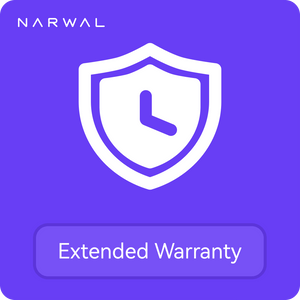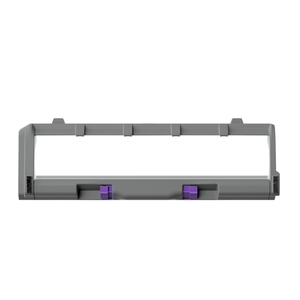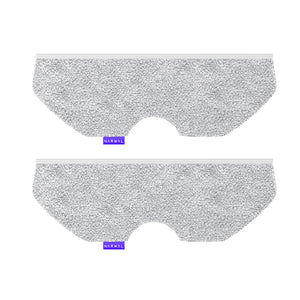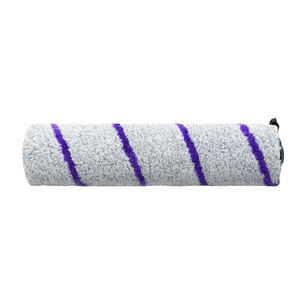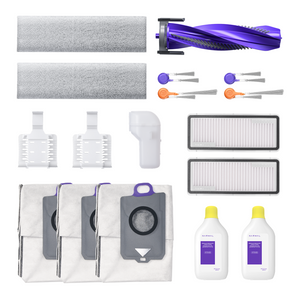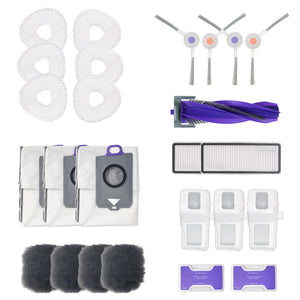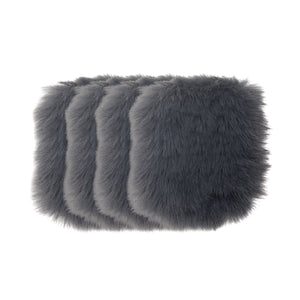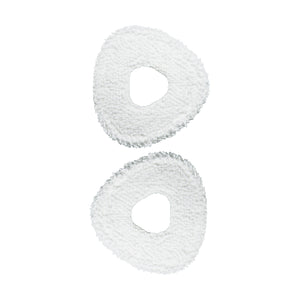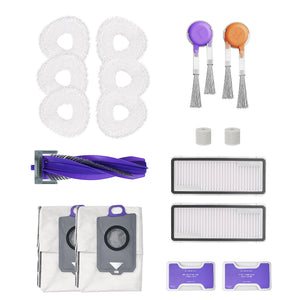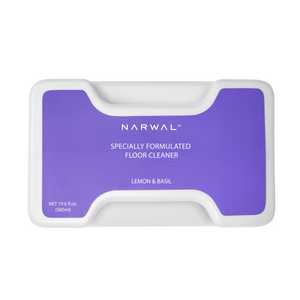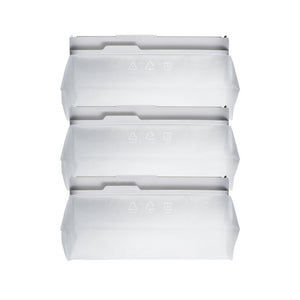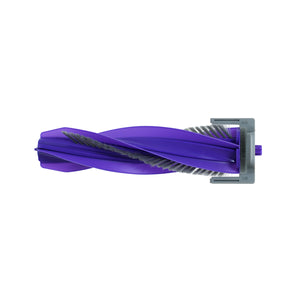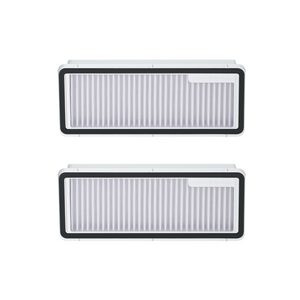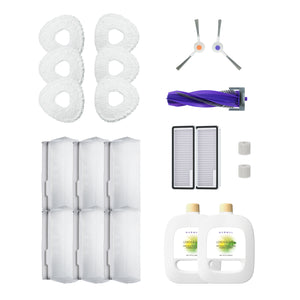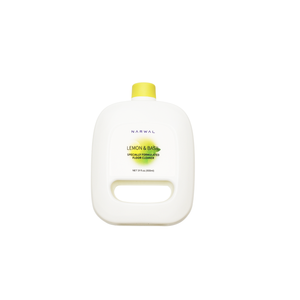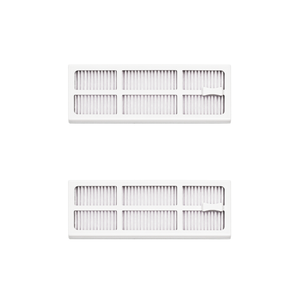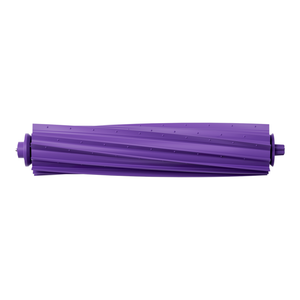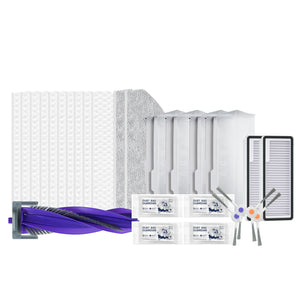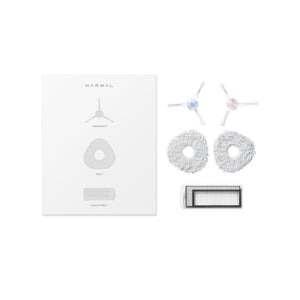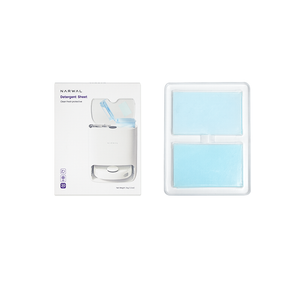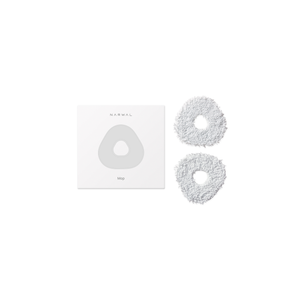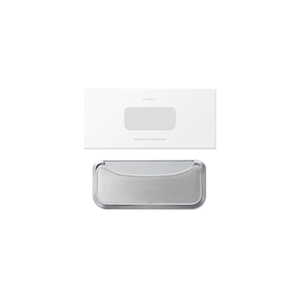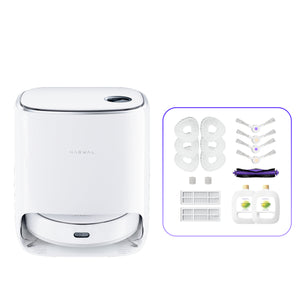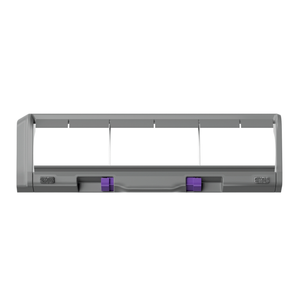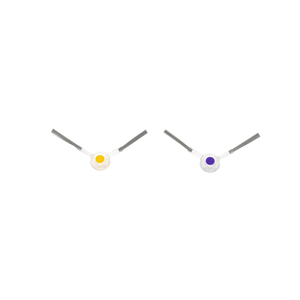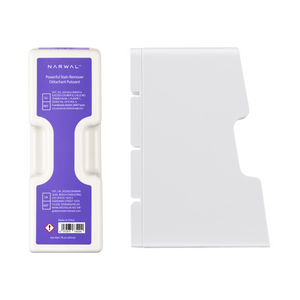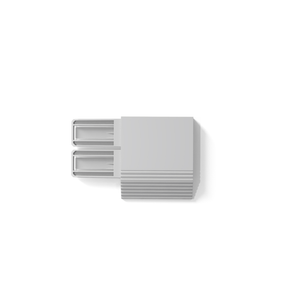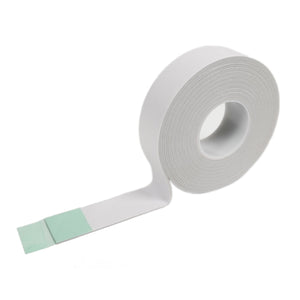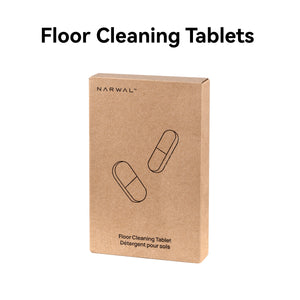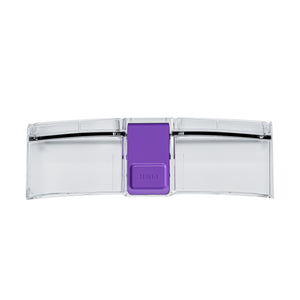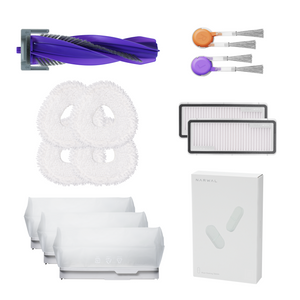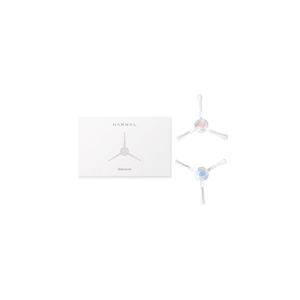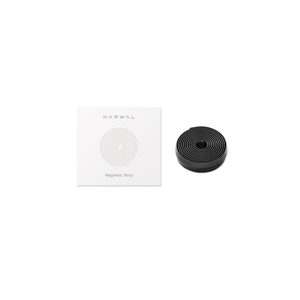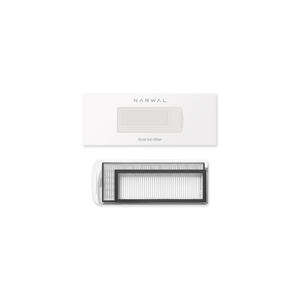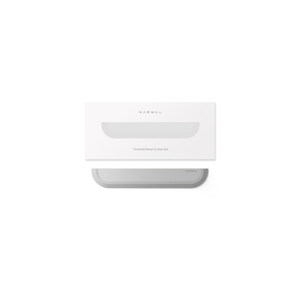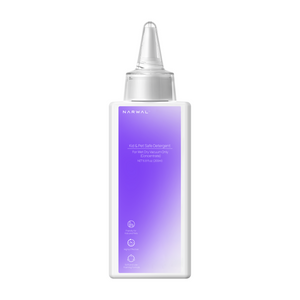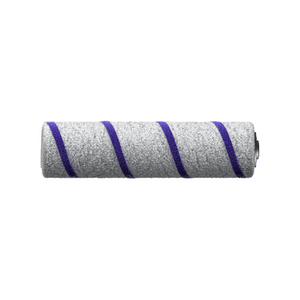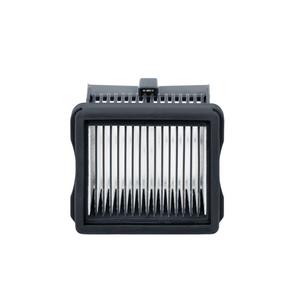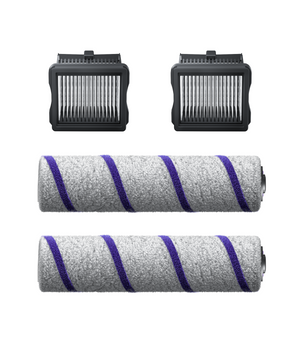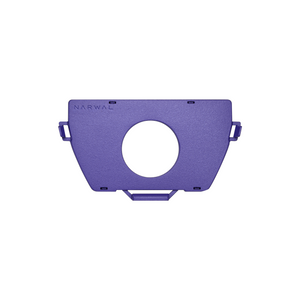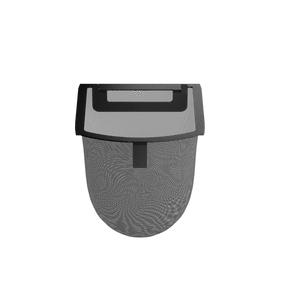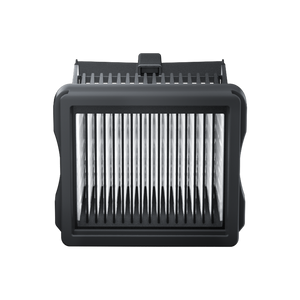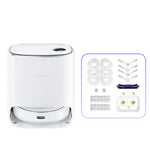At first glance, camera vision offers a vivid picture of the world, full of colors and details. But what it sees is flat, and how it sees can change with the light. LiDAR, in contrast, does not capture how things look. It captures where they are, how far, and how big, building a map from invisible beams of light.
This article begins by explaining how LiDAR and camera sensors work. It then compares their strengths and weaknesses, explores their real-world use in self-driving cars and robot vacuums. In the final section, we place them alongside radar and ultrasonic to understand how modern sensing systems work together.
LiDAR vs Camera: What Is It?
LiDAR is an active sensor that measures distance by emitting laser pulses, while a camera is a passive sensor that captures visible light to create 2D images.
The key distinction is that active sensors generate their own signal, allowing them to function in darkness or changing light. Passive sensors rely on ambient light, making them more vulnerable to shadows, glare, or low-light environments.
The next sections will explain how each sensor works and what kind of information they give us.
What Is LiDAR Sensor and How Does It Work?
LiDAR, short for Light Detection and Ranging, is a sensor that tells how far away things are by using laser light.
Here’s how it works:
The sensor sends out quick laser pulses. These lasers hit nearby objects and bounce back. LiDAR then measures how long it took for each pulse to return. This process is known as time of flight. Since light travels at a known speed, the sensor can easily calculate the distance.
Unlike passive systems, LiDAR generates its own signal. It scans the environment to create a 3D point cloud that shows the position, shape, and size of objects with high accuracy. Each laser pulse reflects off surfaces, helping the sensor build a real-time spatial map.
Modern lidar tech can detect thousands or even millions of points per second with centimeter or even millimeter accuracy. These sensors are widely used in autonomous vehicles, drones, robotics, and infrastructure monitoring because of their spatial awareness capabilities.
What Is Camera Vision and How Does It Work?
Camera vision, also known as computer vision or image-based sensing, uses passive sensors to capture visible light reflected from objects and convert it into 2D images.These cameras simulate human sight, enabling machines to “see” and interpret visual data.
Here’s how it works:
Cameras collect light that reflects off surfaces and focuses it onto an image sensor, typically a CMOS or CCD chip. This sensor then converts the incoming light into electrical signals, which are processed into pixel-based images. Each image consists of millions of pixels that carry information about the intensity and color of light at that point.
Unlike LiDAR, a camera does not emit its own signal. It relies entirely on ambient light, which makes it highly sensitive to lighting conditions, shadows, and glare.
Camera vision systems are widely used for detecting color patterns, surface textures, printed symbols, and other visual cues. However, because they produce flat, 2D images, they do not provide native depth information. In that case, they cannot directly measure how far away objects are without computational techniques.
LiDAR vs Camera: Pros and Cons Comparison
|
Dimension |
Camera |
LiDAR |
|
Light Dependency |
Relies on ambient light |
Uses its own laser source, independent of lighting |
|
Output Type |
2D images (color, texture) |
3D point cloud (spatial distance, shape) |
|
Depth Perception |
Requires algorithmic inference (e.g., stereo vision) |
Provides native depth data with centimeter-level accuracy |
|
Operating Spectrum |
Visible light |
Infrared or near-infrared laser |
|
Night Vision |
Limited |
Strong |
|
Cost and Power |
Low cost, low power consumption |
Higher cost (may downward trend), higher power usage |
In complex or changing environments, LiDAR is often the better choice because it captures accurate 3D spatial data and performs reliably even in low-light conditions. This makes it useful for navigation, mapping, and detecting obstacles with high precision. LiDAR also offers a privacy advantage, as it captures spatial data without recording visual identities.
Cameras are more practical when cost, size, or visual detail like color and texture are the main concerns. They work well in controlled lighting and are commonly used in applications like visual inspection or reading signs.
The best solution usually depends on what the system values most—accuracy, cost, or environmental adaptability. In many real-world cases, using both sensors together provides a more balanced and reliable outcome.
LiDAR vs Camera Vision: Performance in Real Uses
LiDAR and camera vision are both important technologies in smart systems. In the next sections, we’ll look at how each sensor performs in two major areas: self-driving cars and robot vacuums.
What Is Best in Self Driving Cars?

Autonomous vehicles need to do more than just see. They must recognize signs, detect lane boundaries, judge distances, and respond quickly to obstacles. Both LiDAR and camera vision contribute to these tasks, but in different ways.
Camera vision is good at reading traffic lights, lane markings, and road signs.
It captures color and detail, which helps the vehicle understand traffic rules and follow road cues. However, cameras rely on ambient light. Their performance can drop in dark environments, in glare, or when weather conditions change suddenly.
LiDAR does not need external light to work.
It can detect precise distances and shapes of vehicles, people, and road edges even at night or in tunnels. It gives the system strong spatial awareness, which is hard to match with vision alone.
Some companies are developing vision-only approaches. These rely on advanced machine learning and massive data to replace depth sensing with intelligent prediction. While promising in the long term, such systems still face challenges in handling complex or unpredictable conditions.
For now, combining LiDAR, camera, and radar remains the most reliable setup for safe self-driving.
What Is Best in Robot Vacuums?

Robot vacuums need to sense walls, furniture, and floor edges to navigate and clean efficiently. LiDAR and camera vision offer two different ways to support this process.
LiDAR scans the surroundings using laser pulses. It builds accurate maps, helps the robot move in straight lines, and keeps track of cleaned areas. Since it does not rely on light, it works well in both bright and dark environments.
Camera-based systems use visual features like edges, shadows, and patterns to estimate the robot's position. These models are often smaller and more affordable but may perform poorly in low-light rooms or near reflective surfaces.
Some robot vacuums, such as those from Narwal, offer different sensor setups depending on the model. Their LiDAR-only units focus on fast, accurate mapping and stable navigation across rooms. And Freo Z Ultra integrates both LiDAR and camera vision, allowing the robot to recognize smaller objects and adapt more easily to different floor types or household layouts.
LiDAR vs Camera: Cost and System Complexity
LiDAR and camera vision differ not only in how they work but also in what they cost and how complex they are to implement. From hardware pricing to software requirements, these factors can greatly affect which sensor is the better fit.
Sensor Hardware Pricing and Installation Factors
Camera systems are usually less expensive. They use small image sensors that are mass-produced and easy to install. Most only need basic power and data connections, which makes setup fast and simple.
LiDAR sensors cost more. Although prices have dropped, especially for 2D models, high-quality 3D LiDAR is still much more expensive than cameras. These sensors are often larger and more sensitive to how and where they are mounted. Installation may take more time and require careful alignment to avoid errors.
Data Processing Demands and Software Dependencies
LiDAR creates large amounts of data. To use it in real time, the system needs strong processing power and memory. This can be a challenge for low-power or compact devices.
Camera vision creates smaller files but needs more analysis. Systems must use computer vision and AI models to detect objects, understand depth, and track movement. This adds software complexity, even if the data is lighter.
Camera systems often work with common tools like OpenCV or TensorFlow. LiDAR may need special software to read and process 3D point clouds. These extra tools can make the system harder to maintain or scale.
Radar vs LiDAR vs Camera vs Ultrasonic
In most advanced systems, no single sensor is enough. Combining radar, LiDAR, cameras, and ultrasonic sensors allows machines to understand both what is around them and how far away it is. This multi-layered approach offers better safety, stability, and performance in real-world conditions.
|
Sensor Type |
Main Strength |
Limitations |
Best Use Cases |
|
Radar |
Works in fog, rain, and darkness |
Low resolution, limited object shape detection |
Speed detection, long-range obstacle sensing |
|
LiDAR |
High-precision 3D mapping |
Affected by weather, high cost, higher power usage |
Navigation, mapping, real-time object detection |
|
Camera |
Rich visual detail, color, text recognition |
Sensitive to light conditions, no native depth sensing |
Traffic signs, lane detection, object classification |
|
Ultrasonic |
Simple, low-cost, reliable at close range |
Very limited range and no detailed spatial data |
Parking assist, proximity detection |

Choose LiDAR and Camera Based on What the System Needs
Choosing between LiDAR and camera vision is not about declaring one better than the other. It is about knowing how each sensor fits into a broader system, and how their strengths can complement each other.
As more products adopt hybrid approaches, we see a clear shift toward balanced design. Narwal has already started combining LiDAR and camera vision in flexible ways, adapting sensor choices to the task rather than following a one-size-fits-all model. This mindset is shaping the next generation of smart, context-aware machines.











